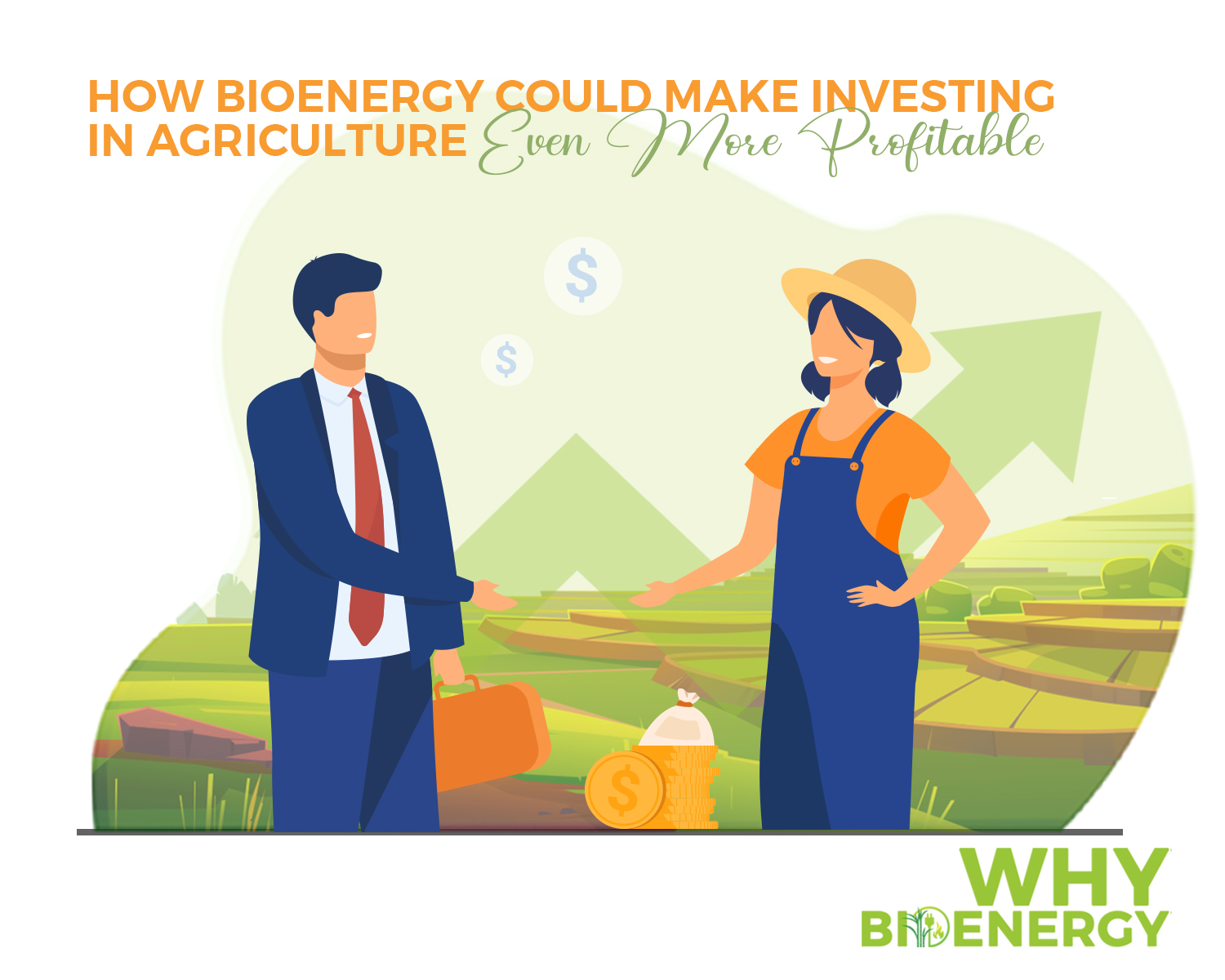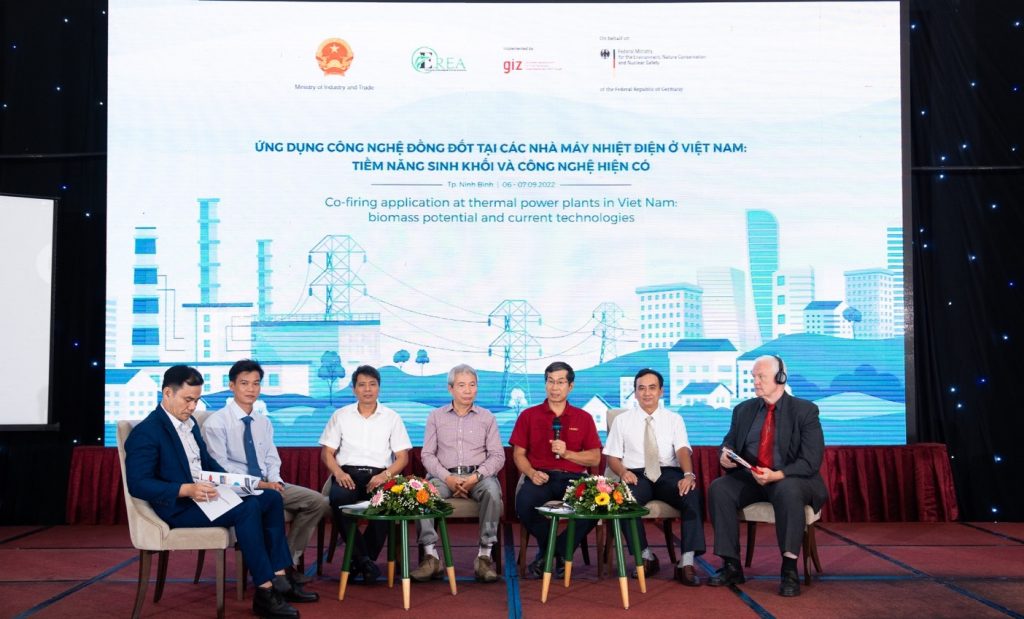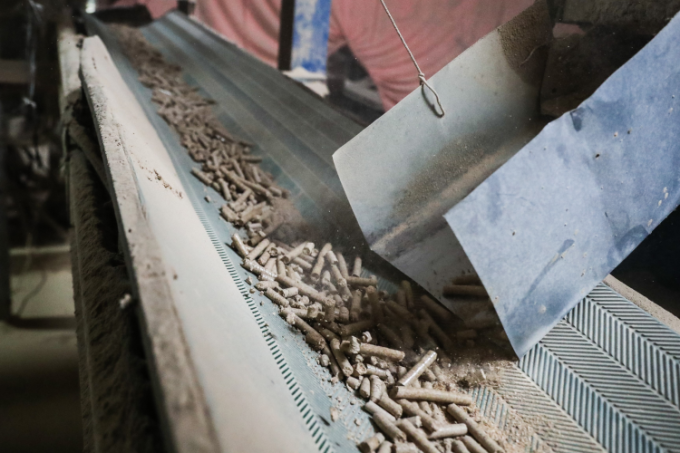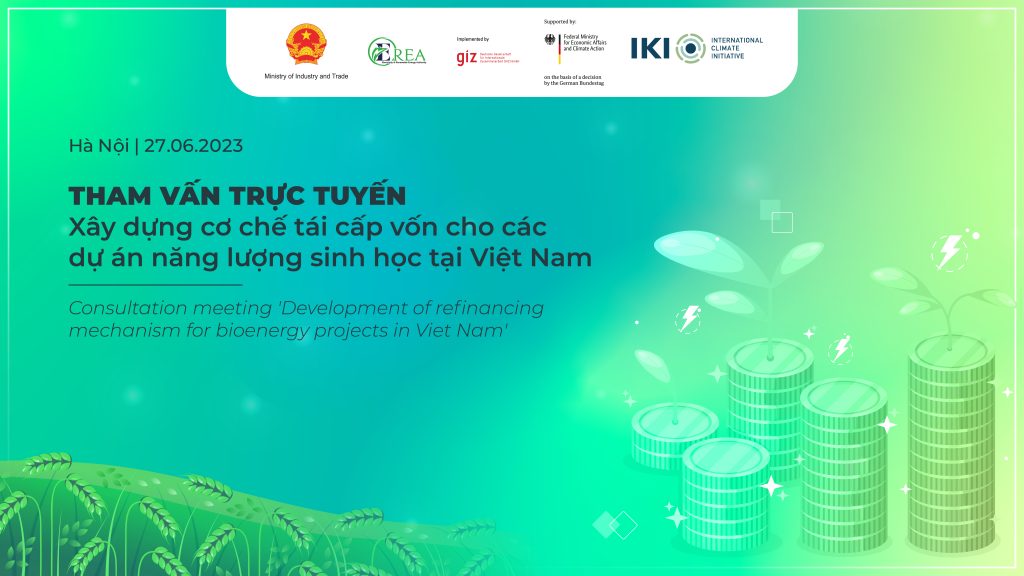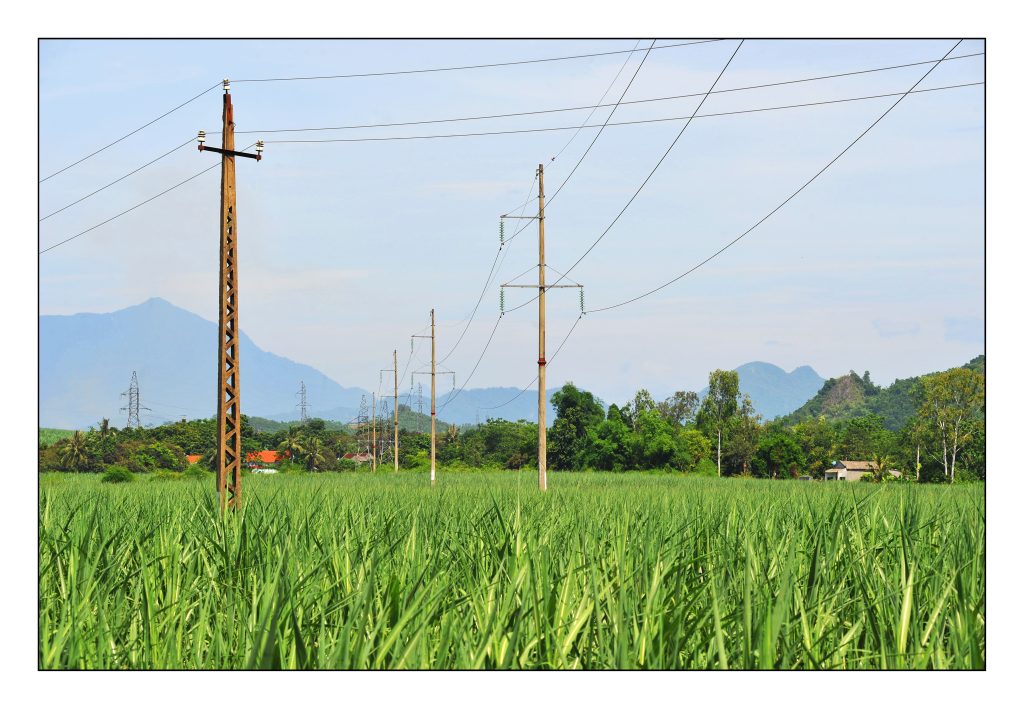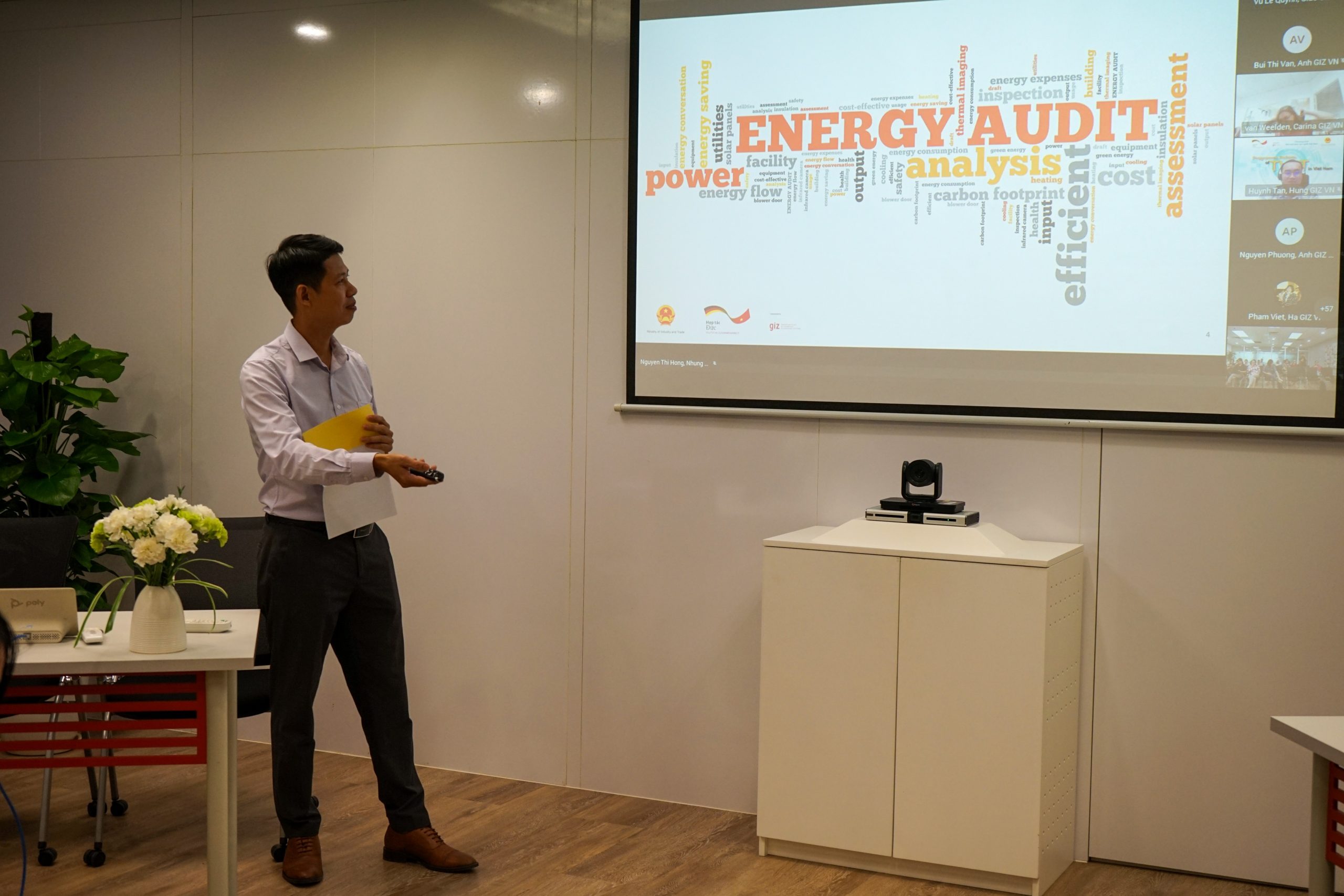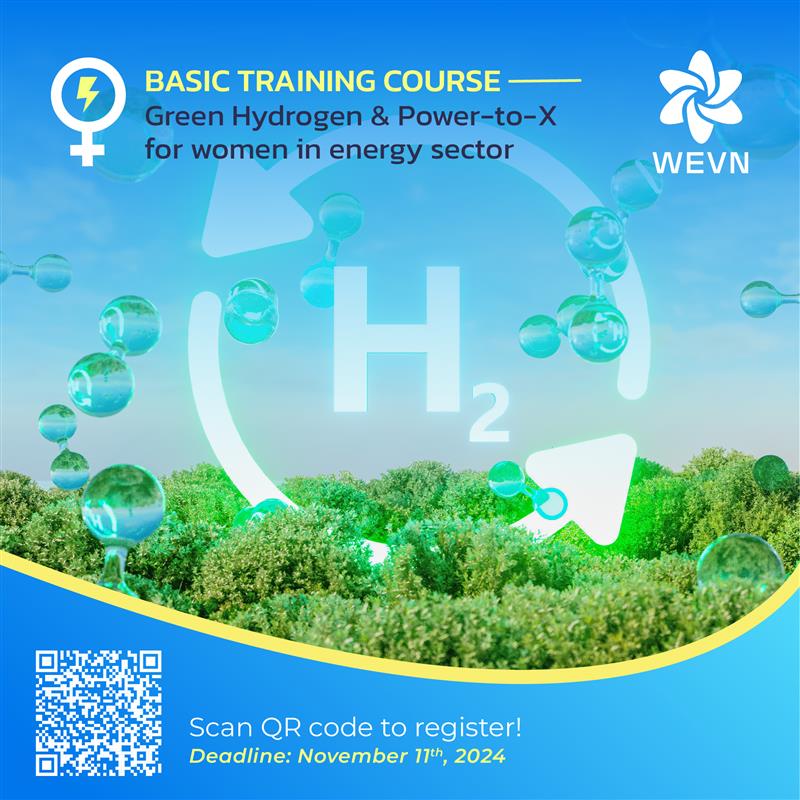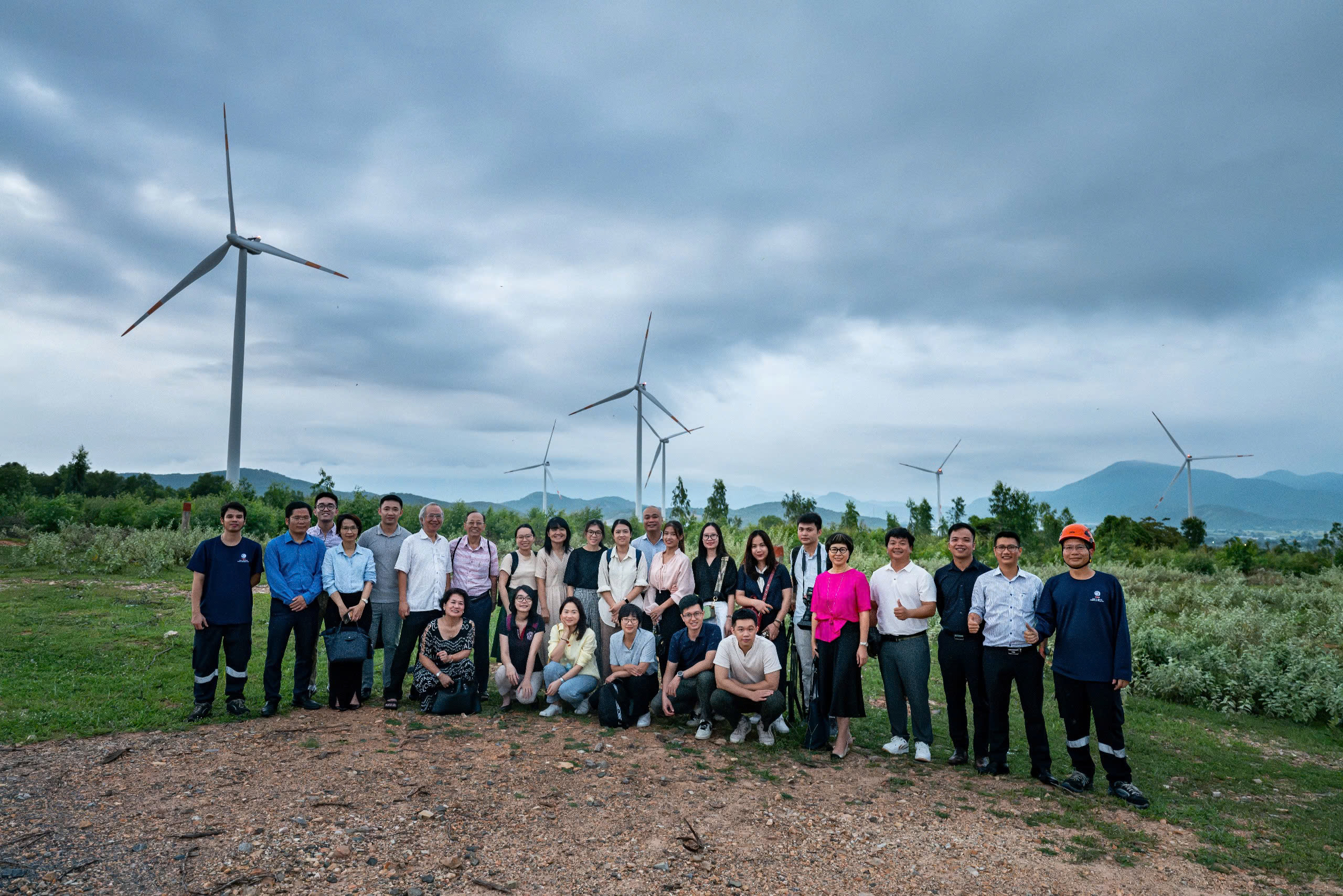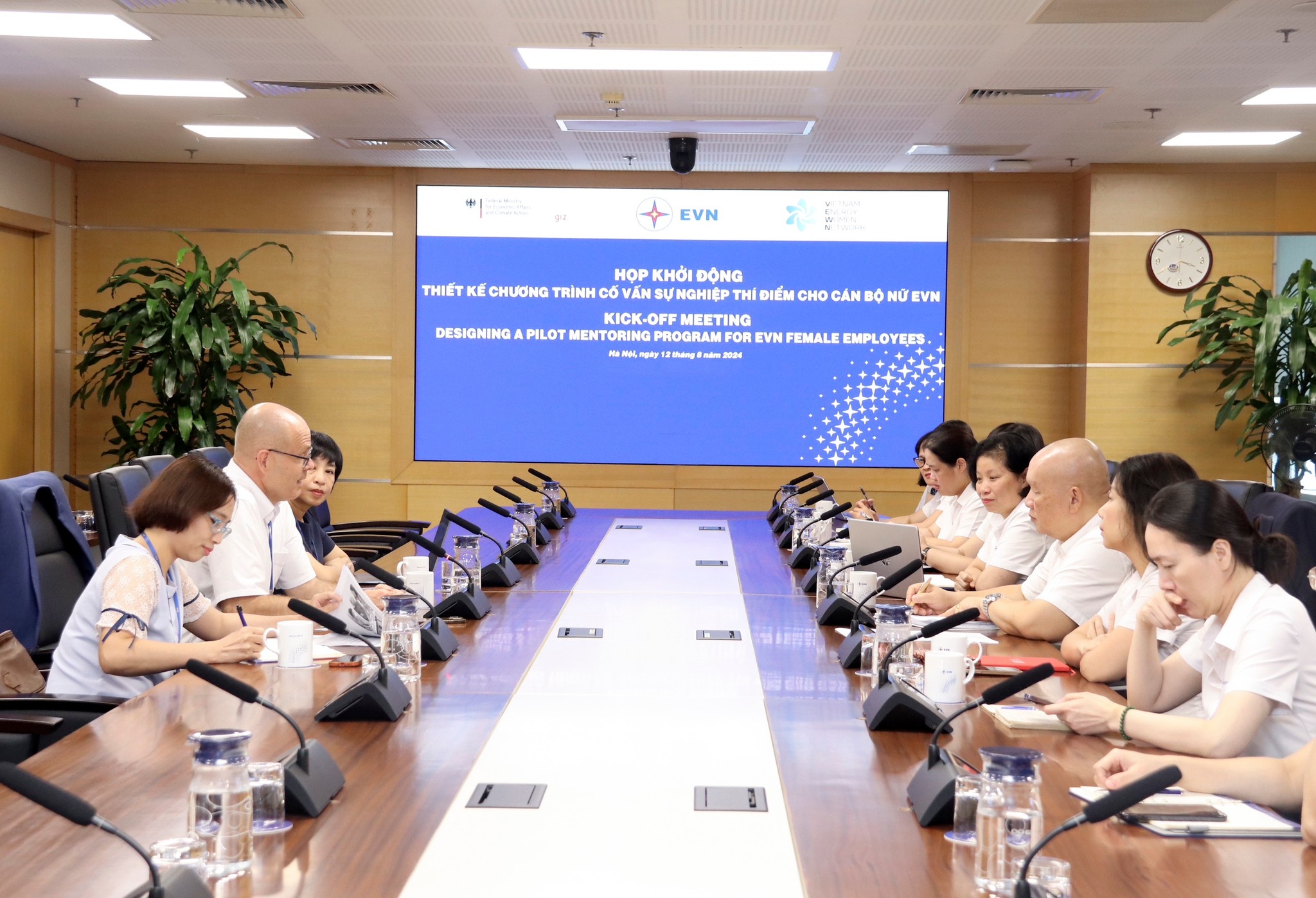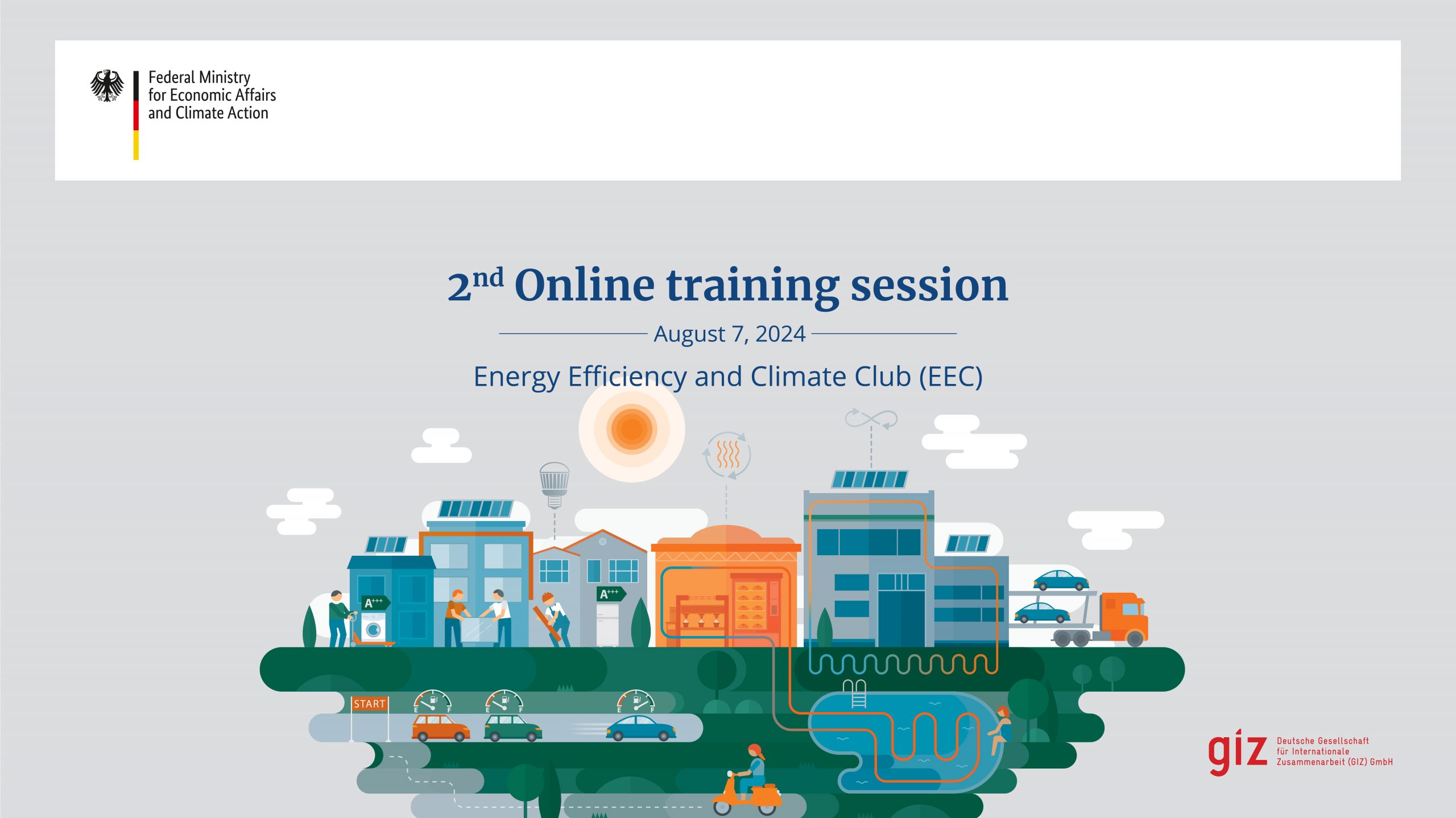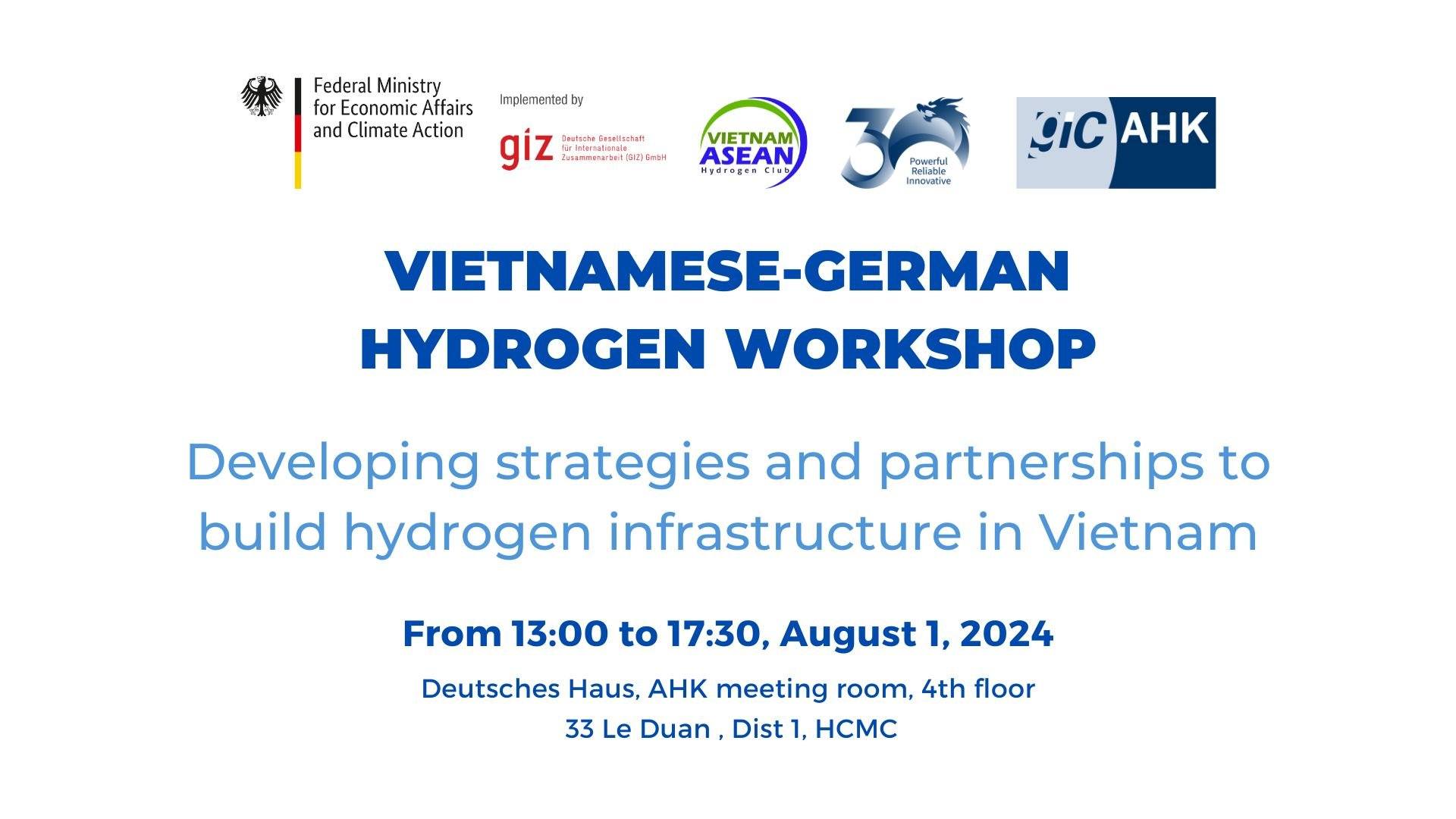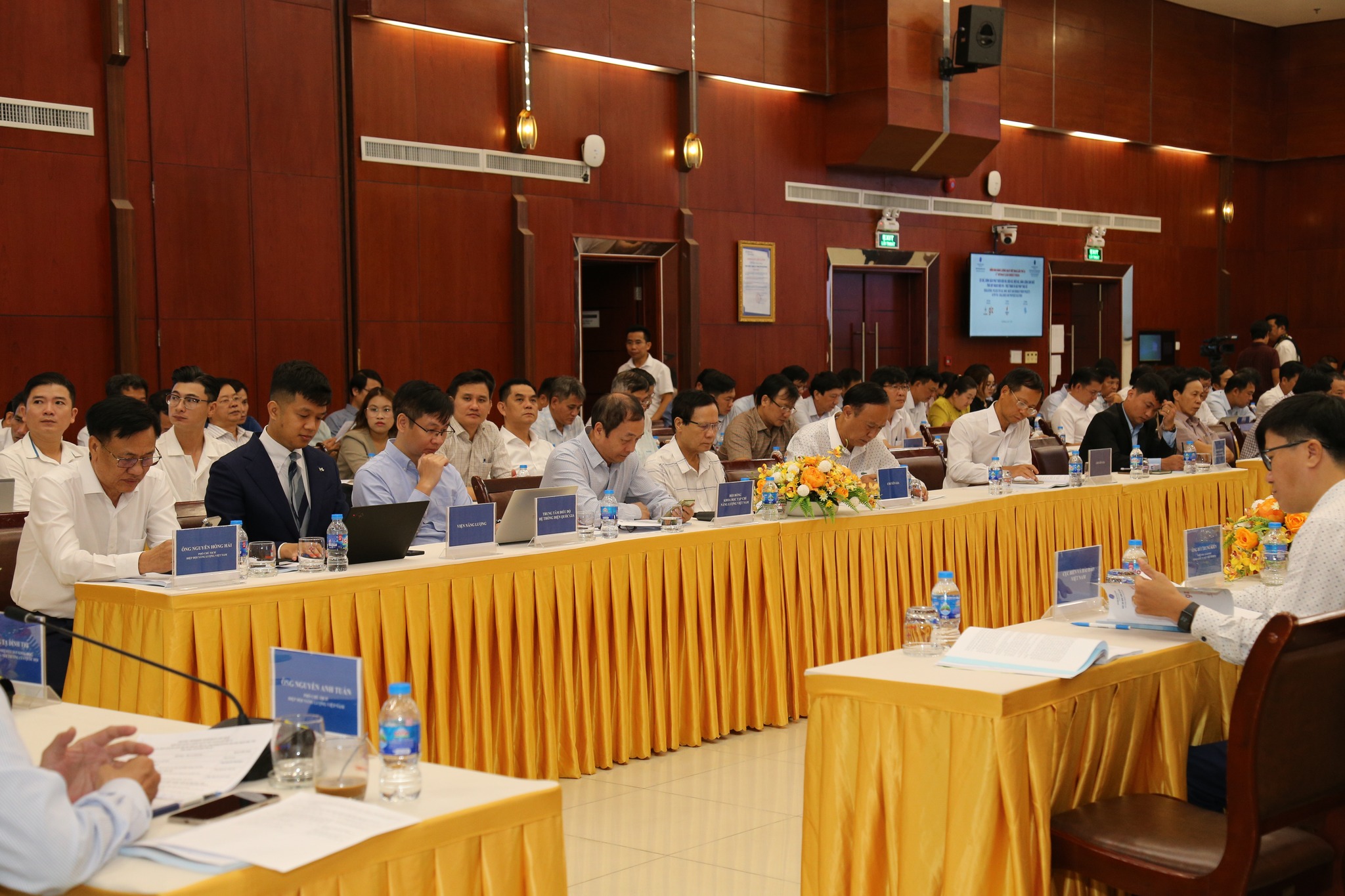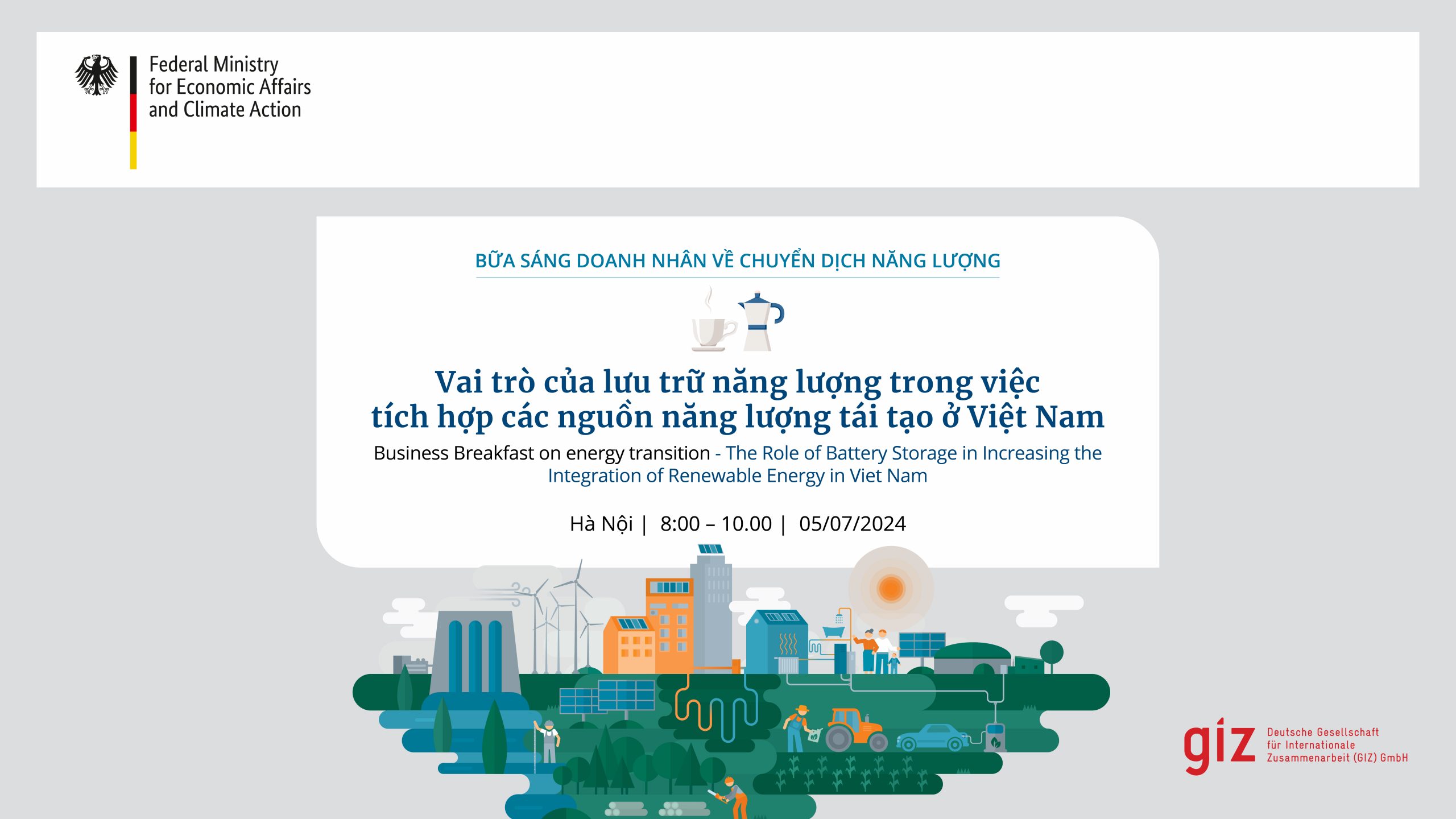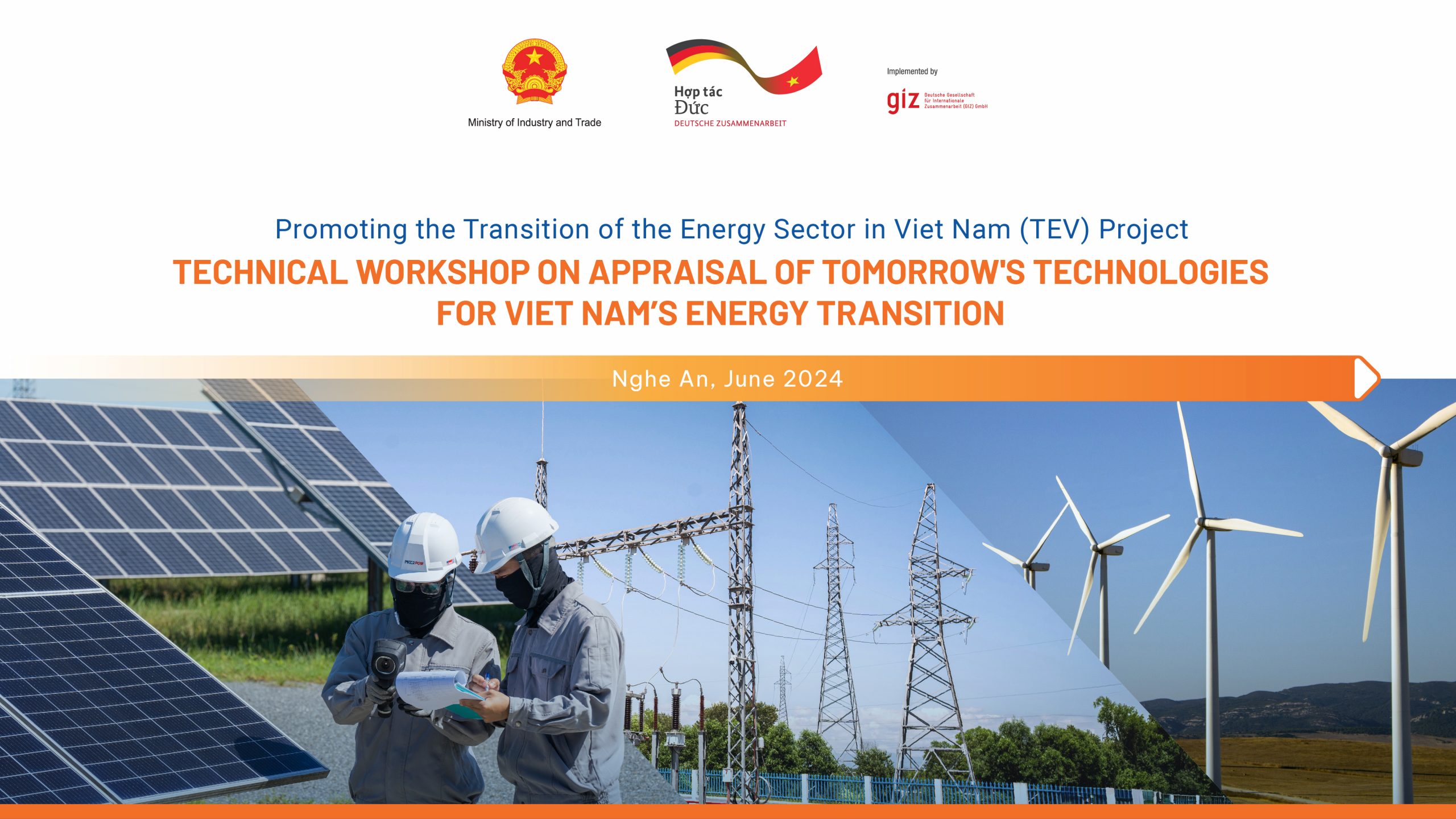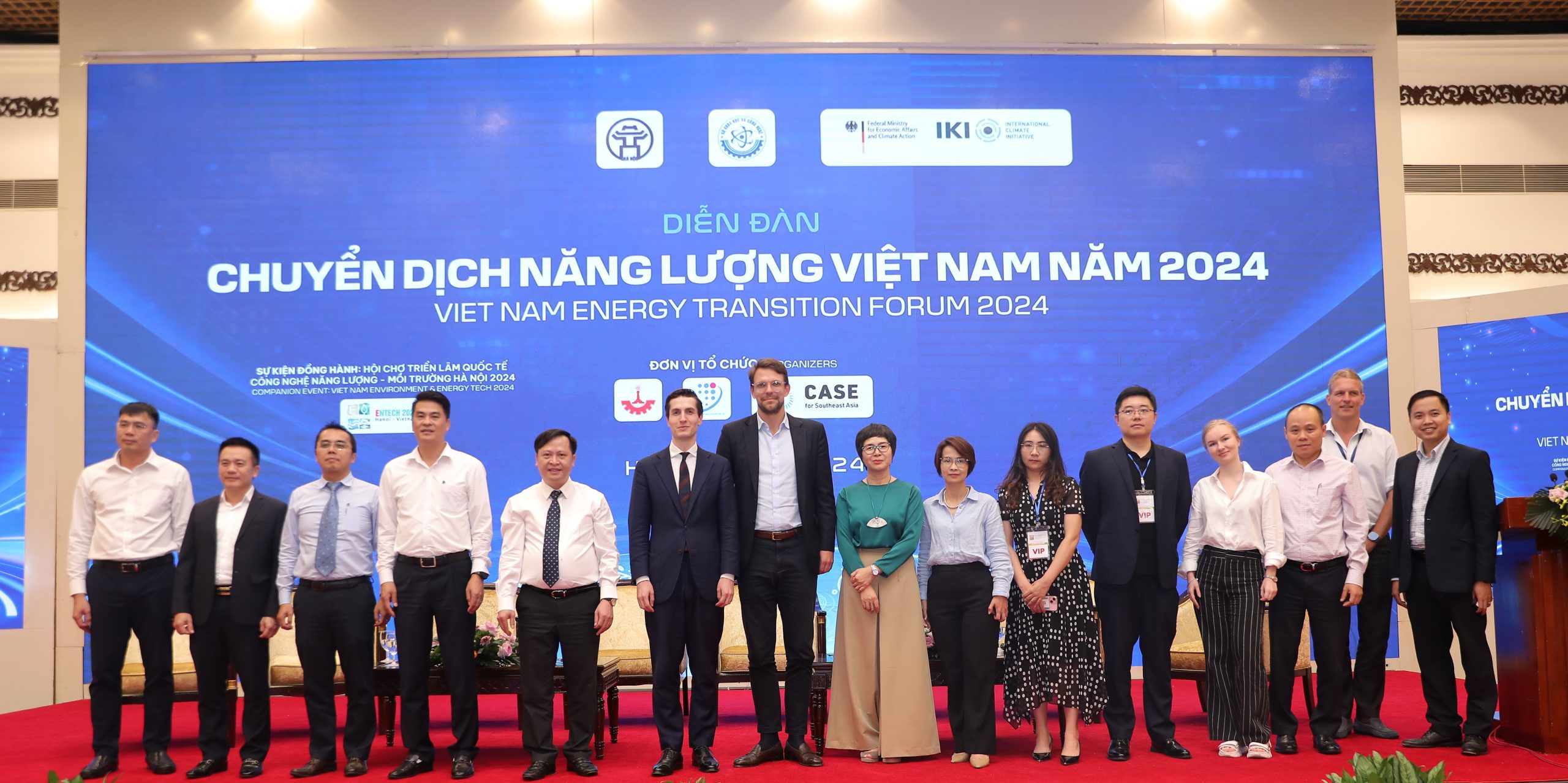Bioenergy generation adds value to residues which become commodities, contributing to a farm’s income. In the case of bagasse from sugar cane and many other types of agricultural residue commonly found in Viet Nam, like sawdust and shavings from wood processing, rice husk from rice milling, effluent from food processing (fish, meat, tapioca/cassava, palm oil, breweries), on-site use or sale of green energy significantly decreases operation costs.
This helps to diversify farmers’ income and at the same time increases the profitability of agricultural practices, especially in the case of areas that display low profitability due to low fertility, erosion or contamination. Example is planting of fast-growing trees and plants for erosion control or decontamination and harvested to become biofuel to be sold & exported. These plantations are creating permanent jobs in harvesting biomass and operation of bio-fuel plants.
Additional income will in many cases be invested in next season’s crop and thus contribute to higher rated of economic growth in the agricultural sector while at the same time preserving and increasing employment opportunities.



